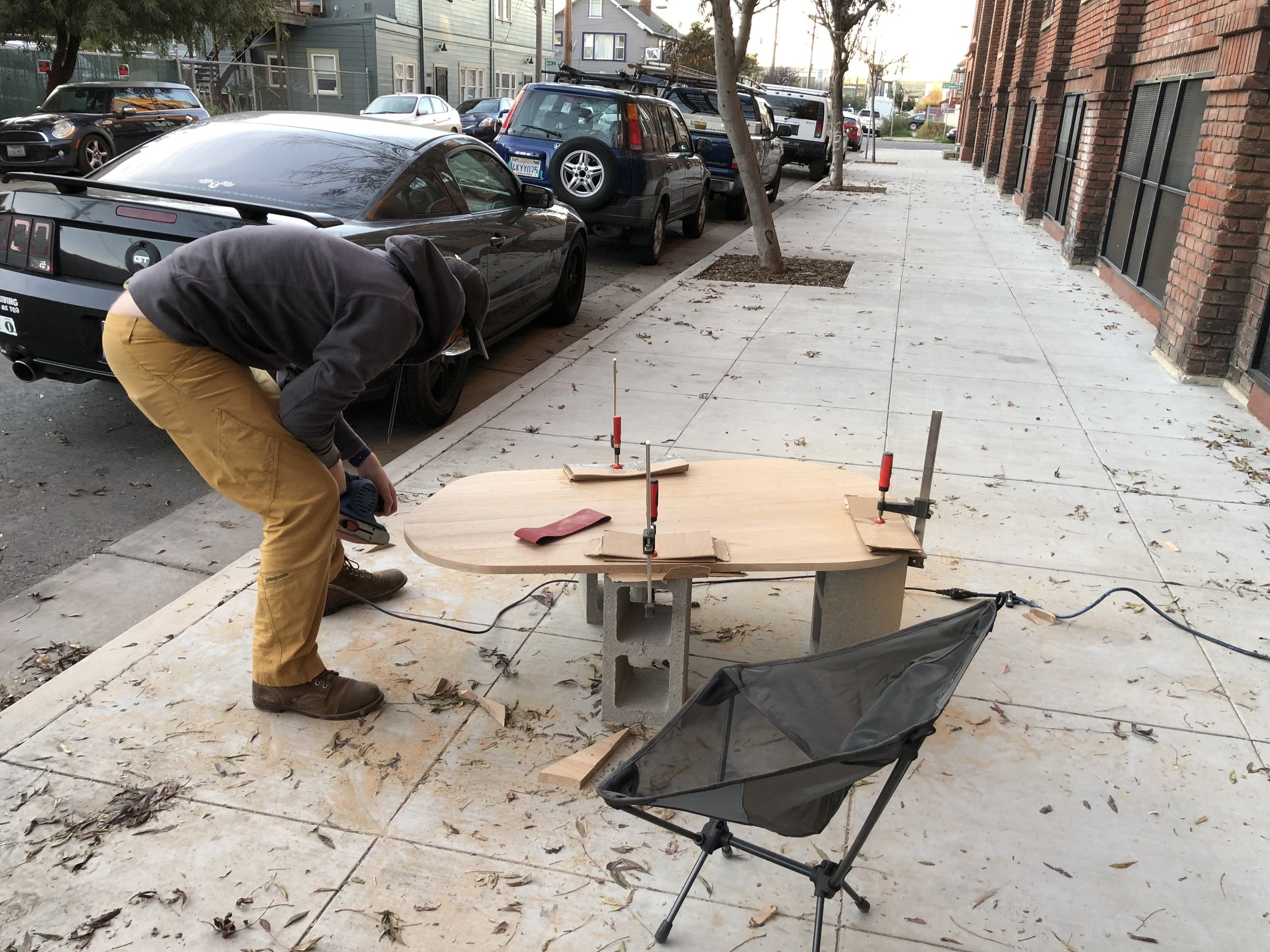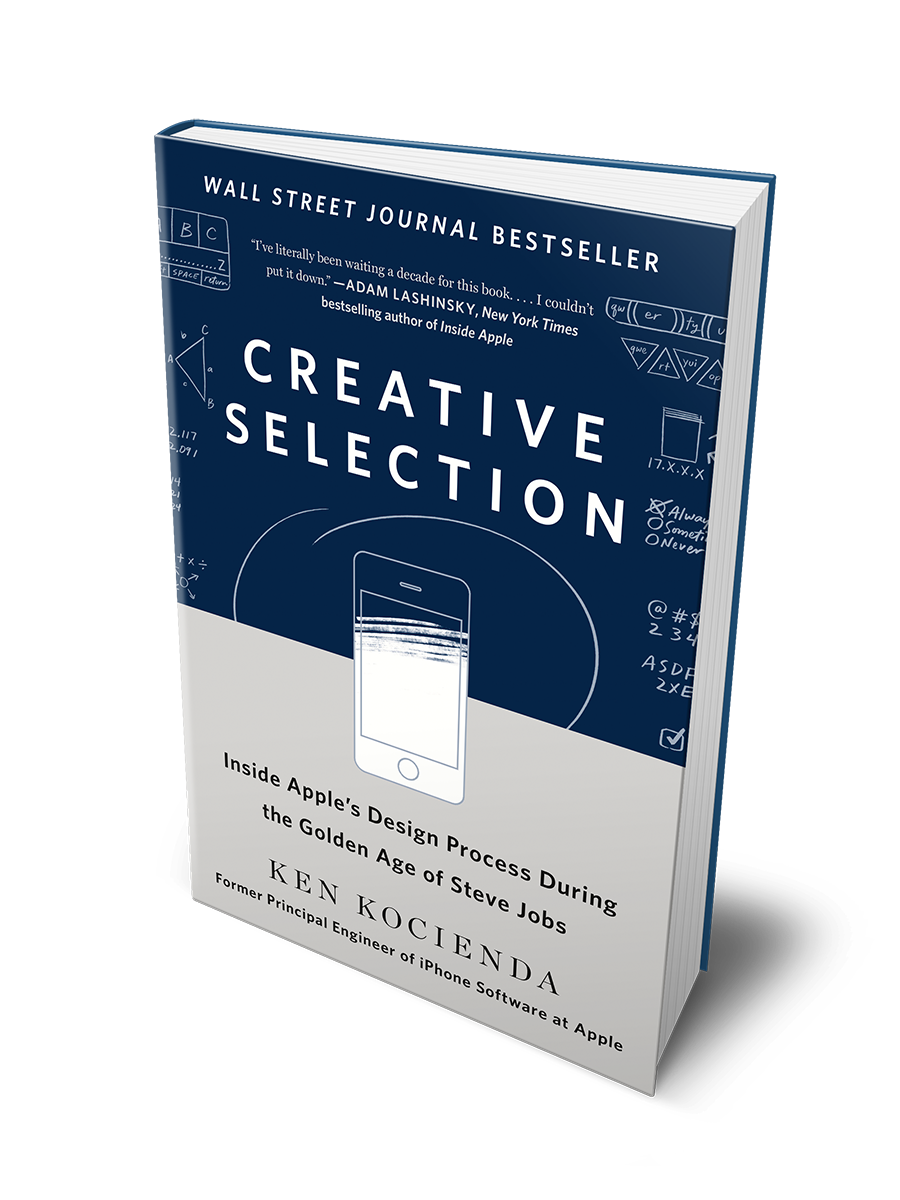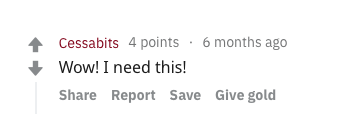That may sound hyperbolic to executives or those outside the product team, but it’s reality. There are innumerable challenges which frameworks, processes, designs, or developer ingenuity can’t ever solve. That's because these "challenges" are better described as turning points — missteps, continental divides, and forks in the road — that can quickly become exponentially impossible to undo in the ever-forward march of a product's progress.
Everyone has the opportunity and responsibility to help the team avoid these turning points. But it takes vigilance, tension, argumentation, transparency, and above all, a willingness to change perspective. All of that is facilitated by a commitment to open and honest communication, something that’s surprisingly difficult for larger teams.
The shamefully obvious reality is that clear communication between all the people involved in making software, from founders and the c-suite to researchers and the QA team, is the panacea that most teams need. UX teams are uniquely positioned to serve this role, and as designers it is their duty to be the clearest communicators in the room — but if the rest of the organization isn't committed to communication and collaboration, one team's honesty can often be seen as another team's greatest threat.
Too often, people try to forget, give up, move on, or gradually justify their desires to do so. And each day, that fork in the road gets further away in our rear view mirrors — momentum takes hold, and talking about the wrong turn we took back there seems more and more pointless. After communication breakdown, sunk-cost fallacy is every product's greatest enemy. It’s critical to identify that wrong turn before, or soon after, it’s made. Otherwise, inertia sets in and it’s harder and harder to correct course.
This is complicated by the necessity to tolerate tension. It takes a commitment to stay the course, and patience on behalf of the leadership to avoid thrashing and dramatic pivots. The old “how can we deliver more, faster” question causes almost any team to cringe.
This is the reason larger startups often encourage rampant creativity and experimentation at a small scale, while in most cases discouraging quick and drastic changes at a large scale. It's usually strategically unsound to make decisions in haste and isolation, but in dysfunctional organizations that is often exactly what happens behind closed doors. When it comes to product development, we must all be willing to stand up and fight for open communication — and that means listening as much as it does talking.
So go out there and tell your boss you think she’s wrong. Tell that other team they need to consider outside perspectives. Tell them you see rocks ahead. Better yet, tell them you see a better way, because great managers love to hear solutions over complaints. At the very least, always work with them to find one. And most importantly, be open to being wrong yourself.
Listen to experts and those “closest to the metal,” and discourage dogma at all costs. Bring other teams into the conversation and set a precedent for honest and blunt dialogue. People rarely see the peril of their own ways through the fog that surrounds the imaginary future — that's why we work in teams.
That's why we must always communicate and support the positive tension that comes as a result of open communication. Because we're stronger together. And making software is hard.















































